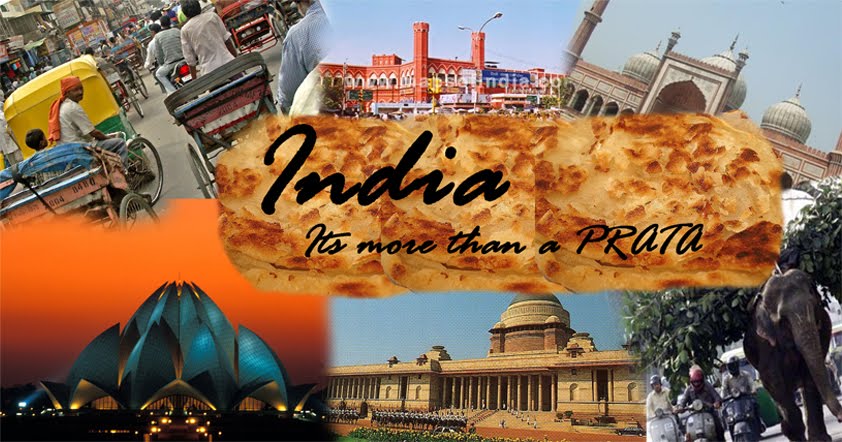
India, being a large country has many cities and towns. Following after Mumbai (Bombay) and Kolkata (Calcutta), Delhi is the third largest city in India which is also the capital of India. From the 11th century, the local economy has been unstable until the mid-17th century. The economy reaches its peak under the Mughals Empire when the country is peaceful and prosperous. This is also the period when some of the most magnificent buildings of Asia are built. Later, more architectural masterpieces were created in the hub of British Indian Empire. Presently, India is the world’s second most populated nation and one of the most significant historical capitals in the world. Delhi houses some of the first-class museums in India, beautiful gardens and parks. The wide variety of cultural attractions and events has drawn many tourists to embark on an exciting discovery journey in Delhi.
Old Delhi was the metropolis of Muslim India from the mid-17th century to the late 19th centuries. You are able to find forts, historical buildings and mosques which have a long history back in the Mughal Empire. Besides visiting the cultural heritage sites, you can also immerse in the lively atmosphere of the vibrant streets and bazaars.



No comments:
Post a Comment